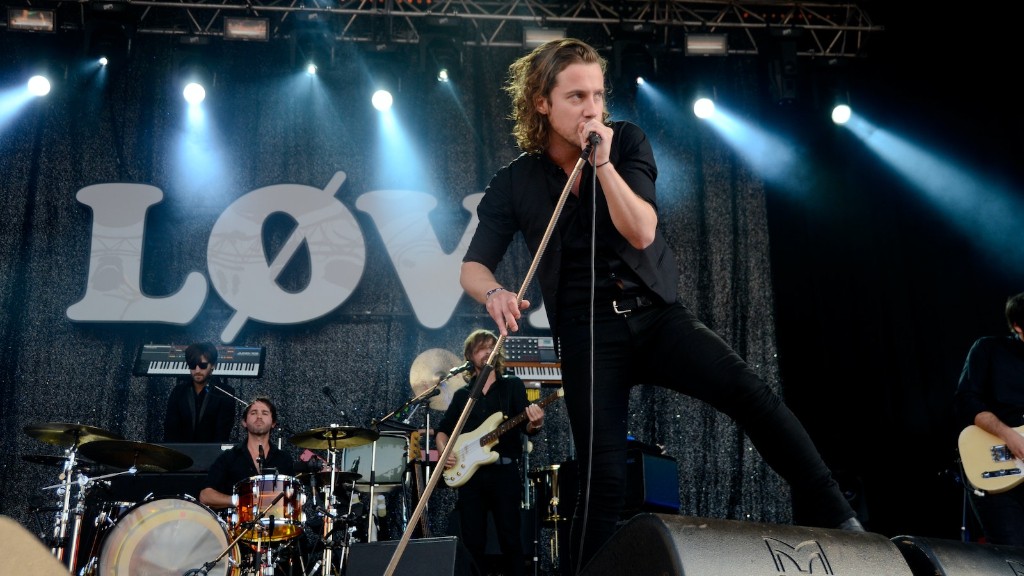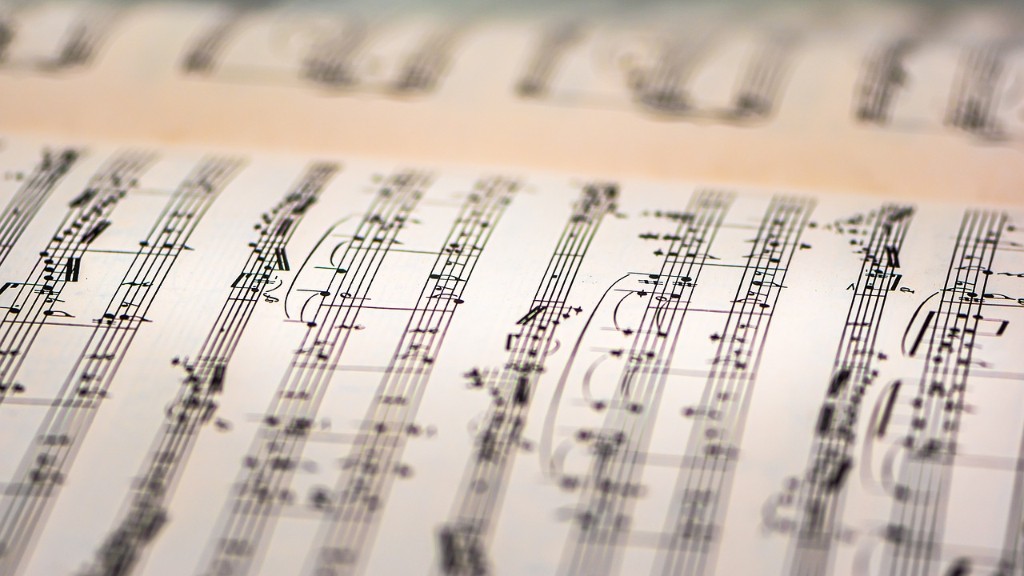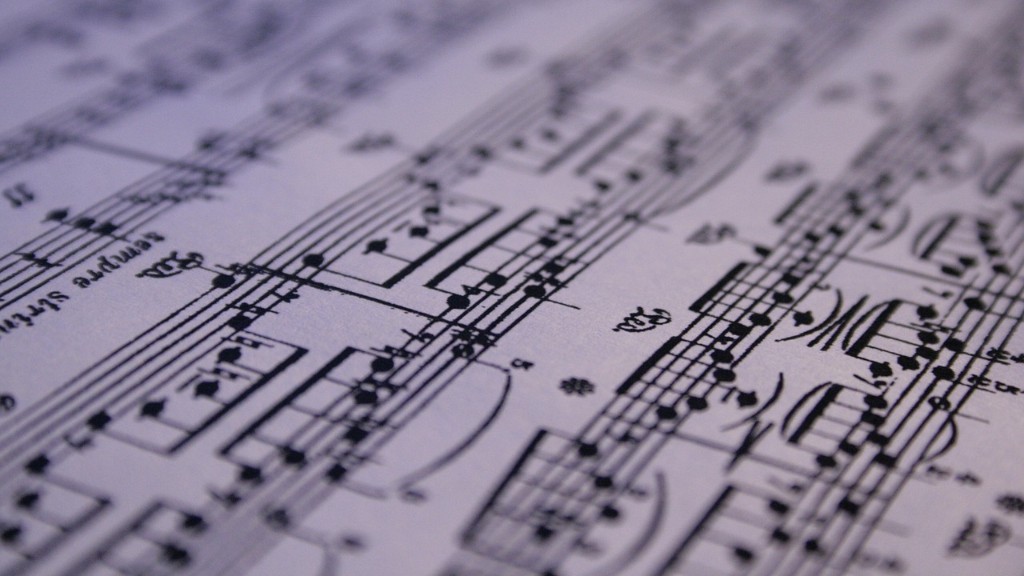How to Draw a Haunted House Step-by-Step
Drawing a haunted house can be a nightmare to even the most seasoned artist, but with a few simple tips, you’ll be sketching out spooky scenes in no time! Drawing a haunted house doesn’t have to be intimidating, but you do have to know where to start. In this article, we’ll walk you through the steps to draw a haunted house. Ready to start sketching? Let’s get started!
Step 1: Draw the Outline
The first step in drawing a haunted house is creating the outline. Start by imagining how a haunted house might look, then put it down on paper. Use a pencil to draw out the basic shape of the house, including any windows, doors and other features. Once you’ve settled on the outline, use a pen to bring the lines out so they’re more defined. You can also add details like windowpanes or a porch.
Step 2: Sketch the Rooflines
Once you have the outline in place, it’s time to sketch in the rooflines. Think of a haunted house as being asymmetrical and uneven, with a gently sloping roofline. You don’t need to be exact here, but try to follow the outlines you created in the first step. To make the house look as spooky as possible, you can also add in a few jagged lines on the roof.
Step 3: Add in the Details and Decoration
Now the fun part begins! This is where you get to add those spooky details to make your haunted house truly unique. Start by drawing in the windows and doors, then add details like shutters, faux-stone walls, cobwebs, and anything else that comes to mind. As you’re sketching, try to make the scene as eerie and spooky as possible. You can also add any items found around a typical house, like a lamp, mailbox, bin, or tree.
Step 4: Use Color to Your Advantage
Once you’ve sketched out the house and added in all of the details, it’s time to add color. Your haunted house doesn’t have to be a rainbow of brightness—black, gray, and brown can all work to set a spooky mood. Dark and eerie colors are great for the windows and doors, while gray and brown are a nice touch for the walls and roof. Finally, you can use bits of vibrant colors to create contrast and add to the spooky atmosphere.
Step 5: Draw in Some Characters
The finishing touch as you’re sketching can be to draw in some characters. You can draw a creepy figure peeking out of a window, a ghost flying through the night sky, or an evil witch stirring up trouble in the garden. It all depends on the atmosphere you’re trying to create. You can also create a whole story by adding in multiple characters interacting with each other. Have fun with it!
Step 6: Add Highlights to Your Drawing
Once you’ve finished drawing the scene, you can take it to the next level by adding a few finishing touches. Use a light-colored pen to add highlights, such as a bright yellow light emanating from a window or the moonlight glinting off the rooftop. These simple touches can add depth to your drawing, making it look even spookier.
Step 7: Practice and Improve
Drawing a haunted house isn’t an exact science, and the more you practice, the better you’ll get. Don’t be afraid to make mistakes or try something new. Keep sketching and experimenting with new styles and techniques, and soon you’ll be creating truly spooky scenes that frighten and delight.
Have Fun Drawing!
Drawing a haunted house can be an incredibly fun and rewarding experience. With a few tips and some practice, you’ll be sketching out spooky scenes like a pro. So grab your pencils, paper, and imagination and get ready to create your own haunted house masterpiece!
Understanding the Basics of Values
Once you understand the basics of values in drawing, you can begin to add more depth and detail to your haunted house. Values are the range of lights and darks that appear in a drawing. By experimenting with shades and tones, you can create realistic shadows that add dimension to your drawing. Start by sketching out the lightest and darkest areas of the piece, then fill in the various shades. This will make the haunted house look more realistic and be more engaging for viewers.
Using Reference Photos to Enhance the Atmosphere
Another way to add an extra layer of authenticity in your haunted house artwork is to use reference photos. Gather a few images of modern and historical structures and pick out details to incorporate into your piece. This could be anything from the shape of a window or door to a motif in the stonework. Reference photos can also give you an idea of what colors, values, and textures to use in your drawing to bring the haunted house to life.
Creating Buildings With Movement and Form
If you want your haunted house to truly stand out, try to add movement and form to the overall design. This could mean making the roof tilt or the walls curve, or adding custom features like towers, parapets, and gargoyles. You can even add elements of your own imagination, like a crumbling building engulfed in fog or an ivy-covered façade. All of these features help to add even more spookiness and charm to your haunted house drawing.
Exploring Textures and Patterns
The final touch to create a truly captivating haunted house drawing is to add in a variety of textures and patterns. Maybe you want to give the walls a bumpy, cobblestone texture or the roof a rustic thatched pattern. Patterns can also be used for windowpanes and doors, and you can create a completely unique style with a few simple brush strokes. Layering various textures into your drawing helps to create an engaging, detailed piece that viewers won’t be able to look away from.


